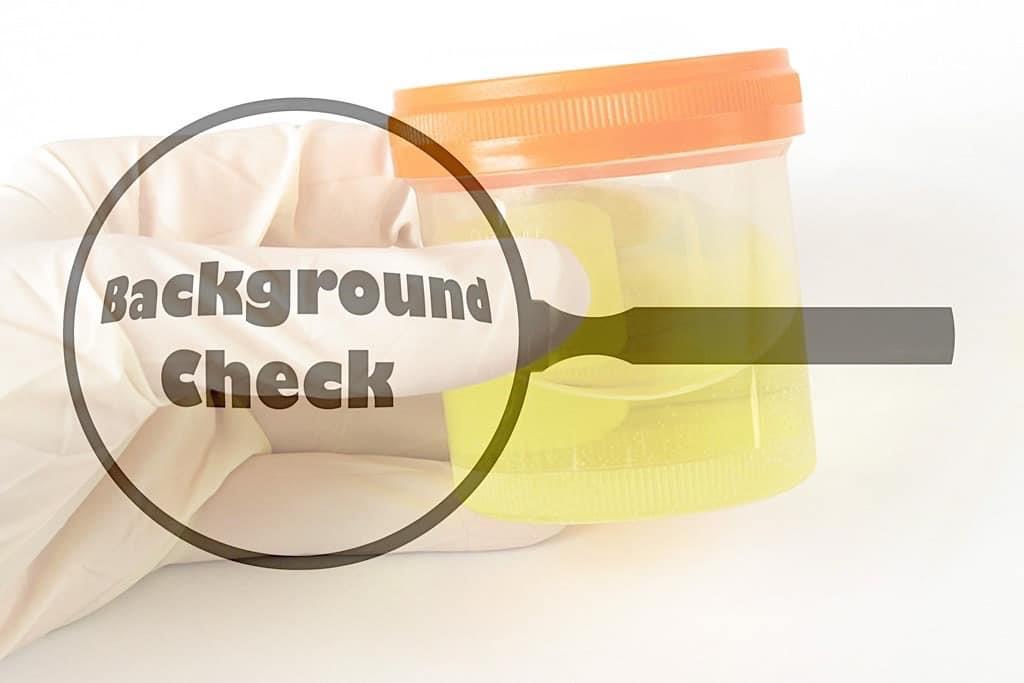
How to complete the return to duty process in the clearinghouse?
The return-to-duty process in the Drug and Alcohol Clearinghouse is a crucial step for commercial drivers who have had a drug or alcohol violation on their record. This process ensures that drivers are fit for duty and can safely operate commercial vehicles again.
FMCSA Releases Updated Clearinghouse Return-to-Duty Process for CDL Drivers
Many CDL holders, employers, and people contact us on a daily basis with questions about the RTD procedure and how to upload RTD tests to the clearinghouse. The FMCSA has released updated information about drivers and the return to duty process. Any driver who has violated the drug and alcohol program is barred from performing safety-sensitive duties, including driving commercial motor vehicles, for any DOT-regulated employer until the driver has completed the return-to-duty (RTD) process established in 49 CFR part 40.
Below are the general steps to complete the return-to-duty process in the Clearinghouse:
1. Violation Identification:
Identify that a driver has a drug or alcohol violation recorded in the Clearinghouse. This violation may include a positive drug test result, a refusal to test, or other prohibited conduct related to drug or alcohol use.
2. Substance Abuse Professional (SAP) Assessment:
The driver must contact a qualified Substance Abuse Professional (SAP) for an assessment. The SAP is a licensed professional who specializes in evaluating individuals with substance abuse issues.
3. SAP Evaluation:
The SAP conducts an evaluation of the driver to determine the extent of the substance abuse issue. This assessment may include interviews, testing, and a review of the driver's history.
4. Treatment Plan:
Based on the evaluation, the SAP develops a personalized treatment plan for the driver. The plan may include education, counseling, rehabilitation, or other interventions.
5. Treatment Completion:
The driver must successfully complete the treatment plan as prescribed by the SAP. This involves attending any required counseling sessions, education programs, or rehabilitation programs.
6. Follow-up Evaluation:
After the driver completes the treatment plan, they must undergo a follow-up evaluation with the SAP. This evaluation assesses their progress and determines if they are ready to return to safety-sensitive duties.
7. SAP Report:
If the SAP determines that the driver is fit for duty and has successfully completed the required steps, they will provide a written report to the employer's Designated Employer Representative (DER). This report is a crucial document for the return-to-duty process.
8. Negative Return-to-Duty Test:
Before resuming safety-sensitive duties, the driver must undergo a drug and alcohol test. This test must yield negative results for controlled substances and alcohol.
9. Clearinghouse Reporting:
The employer's DER is responsible for reporting the successful completion of the return-to-duty process in the Clearinghouse. This includes uploading the SAP's report and the negative return-to-duty test results.
10. Monitoring and Follow-up Testing:
After returning to duty, the driver will be subject to follow-up testing as specified in the SAP's recommendations. This typically includes unannounced drug and alcohol tests over a specific period.
11. Compliance and Recordkeeping:
Employers must maintain records of the driver's return-to-duty process, including the SAP's report, test results, and follow-up testing compliance.
It is essential to note that specific procedures and requirements may vary depending on federal regulations and the policies of the employer and SAP. It is crucial for all parties involved to adhere to the legal and regulatory requirements outlined by the Federal Motor Carrier Safety Administration (FMCSA) and the Clearinghouse to ensure a successful return-to-duty process. Drivers, employers, and SAPs should also stay updated on any changes in regulations or guidance related to the Clearinghouse.
Returning to safety-sensitive duties after a drug or alcohol violation as a Commercial Driver's License (CDL) holder requires completing a return-to-duty test. This essential step ensures your readiness to operate commercial vehicles safely. Here is a summarized guide on how to take your return-to-duty test:
· Contact Your Employer or DER
· Choose a DOT-Approved Testing Facility
· Schedule Your Appointment
· Bring Identification
· Provide the Specimen
· Receive Test Results
· Report Results to Your Employer or DER
· Follow-up Testing
· Compliance and Monitoring
· Documentation and Recordkeeping
Completing the return to duty process and updating your status involves several key steps. First, notify your supervisor of your intended return date and, if necessary, obtain medical clearance. Contact your HR department for guidance and review company policies and procedures. Attend any required training, complete paperwork, and return any company property. Inform your coworkers about your return and plan your schedule with your supervisor. Follow up with HR for any necessary adjustments, update your status in relevant systems, and monitor your progress as you reintegrate into your work environment. This structured approach ensures a smooth transition back to your duties.
In conclusion, taking your return-to-duty test is a critical step in re-establishing your eligibility for safety-sensitive duties as a CDL driver. It is essential to follow the specific procedures and requirements outlined by DOT regulations and your employer's policies. Staying informed of any regulatory updates is vital to ensuring compliance throughout the process. Consult with your employer or a compliance expert in the trucking industry for personalized guidance based on your unique situation.
References
https://accrediteddrugtesting.com/how-to-complete-the-return-to-duty-process-in-the-clearinghouse/
https://clearinghouse.fmcsa.dot.gov.
https://accrediteddrugtesting.com/how-to-complete-the-return-to-duty-process-in-the-clearinghouse/